Thanks to science, we know a lot of things that our ancestors did not. How diseases spread, for example, and why the continents are shaped like that, and that there actually isn’t a tiny man in every sperm.
But there are a bunch of relatively simple questions that still remain elusive. Read on to discover the secrets the universe has still not given up.
Where baby eels come from
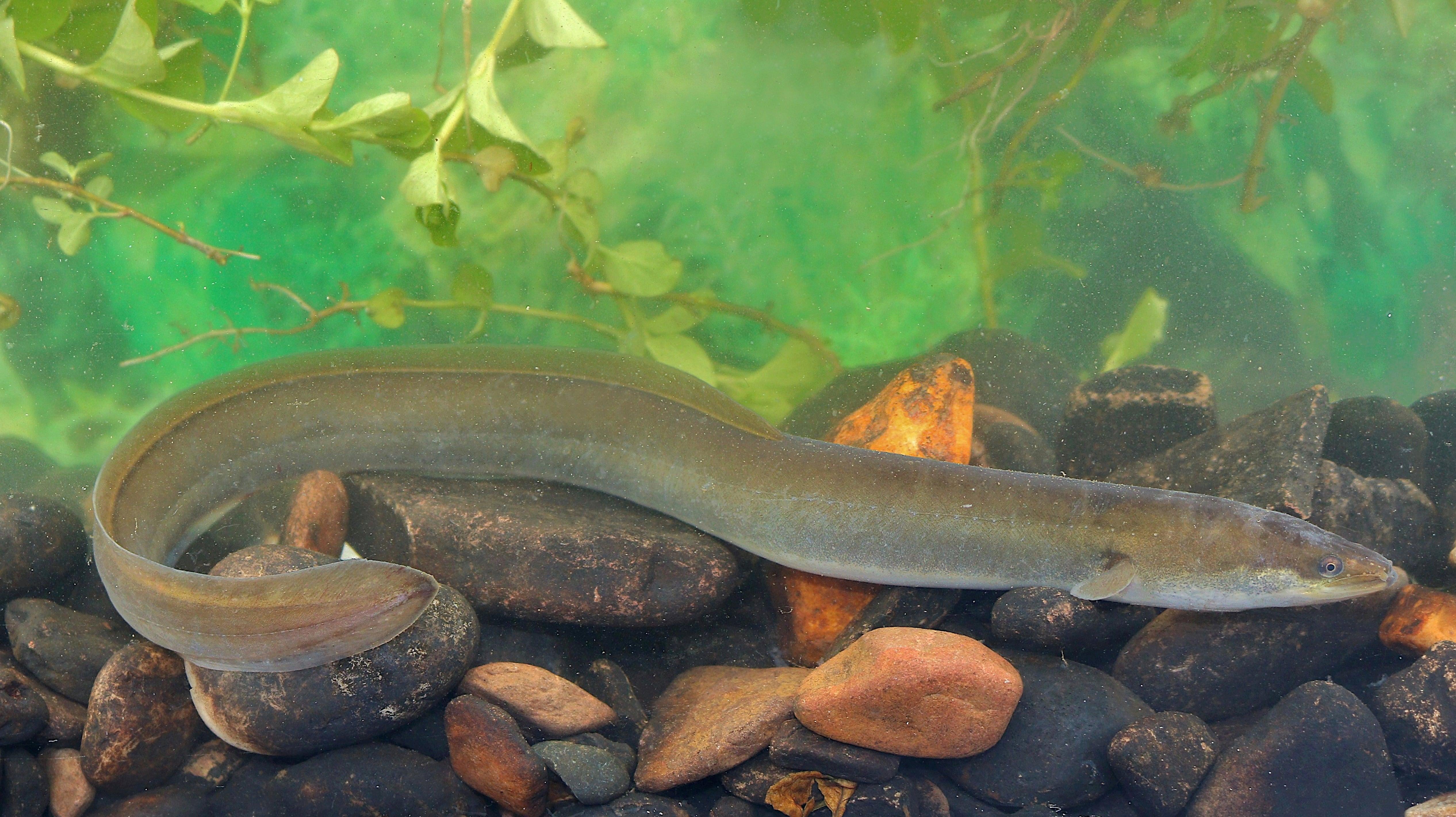
Nobody has ever seen European eels mate, even though they somehow must. The adults live in Europe, and their origin has long been a mystery. What scientists figured out over the past century or so is that adult eels leave Europe, digest their stomachs(!), grow gonads, and swim in the general direction of the Bermuda triangle. Then, sometime in the spring, baby eels appear in the vicinity of the Bermuda triangle (or, more technically, the Sargasso sea) and swim toward Europe.
Recently scientists were able to track the eels closer than ever to their alleged breeding place. We still don’t know how they navigate toward the Sargasso, or why they do the stomach-digesting thing, or even exactly how they mate. An adult European eel has never even been seen in the Sargasso sea.
What 95% of the universe is made of

The Earth and everything on it, plus everything we have ever observed through a telescope or could observe through a telescope, adds up to about 5% of the mass of the universe. What’s the rest? Well, it’s not visible matter, it’s not antimatter, and it’s not a bunch of giant black holes, as NASA explains here. The best the physicists can figure, based on calculations, is that the universe is 68% “dark energy” and 27% “dark matter,” which just means it’s made of “stuff that we haven’t figured out yet.”
There is also the possibility that dark matter does not exist and all the maths about the size of the universe and/or the way physics works is wrong. Take your pick.
Why we dream

Not why we dream of a better life, but why our brains show us short surrealist movies a few times a night, then erase our memories of them in the morning. There are theories, to be sure: maybe we’re rehearsing for real-life mental challenges, or maybe the dreams are side effects of some kind of cleanup process that happens while we’re resting, like bumping the remote and turning the TV on while you’re vacuuming the living room.
What’s more, scientists don’t even know why we sleep. We know that sleep is important, and that various bad things will happen if you don’t get enough. And we know a little bit about the stages of sleep and the biochemistry of how we get sleepy. But why do we need to lie down for eight hours out of every 24, when plenty of other animals can get by without doing so? No clue.
Why cats purr
For a long time, we didn’t even know how cats purr. The noise seems to come from rapid contractions of the cat’s larynx (their voice box). But unlike other sounds, like meowing, they can produce the purr while they’re inhaling and exhaling.
So that’s the how — but the why is still a mystery. Cats seem to purr when they’re content, but they can also purr when they are nervous or afraid. There’s a hypothesis that cats purr when they’re in pain because it helps them to feel better. But why does a cat find that specific vibration soothing?
By the way, not all cats purr; house cats do, as do bobcats and lynxes, but bigger cats like lions and tigers cannot.
What lives in the dark parts of the ocean
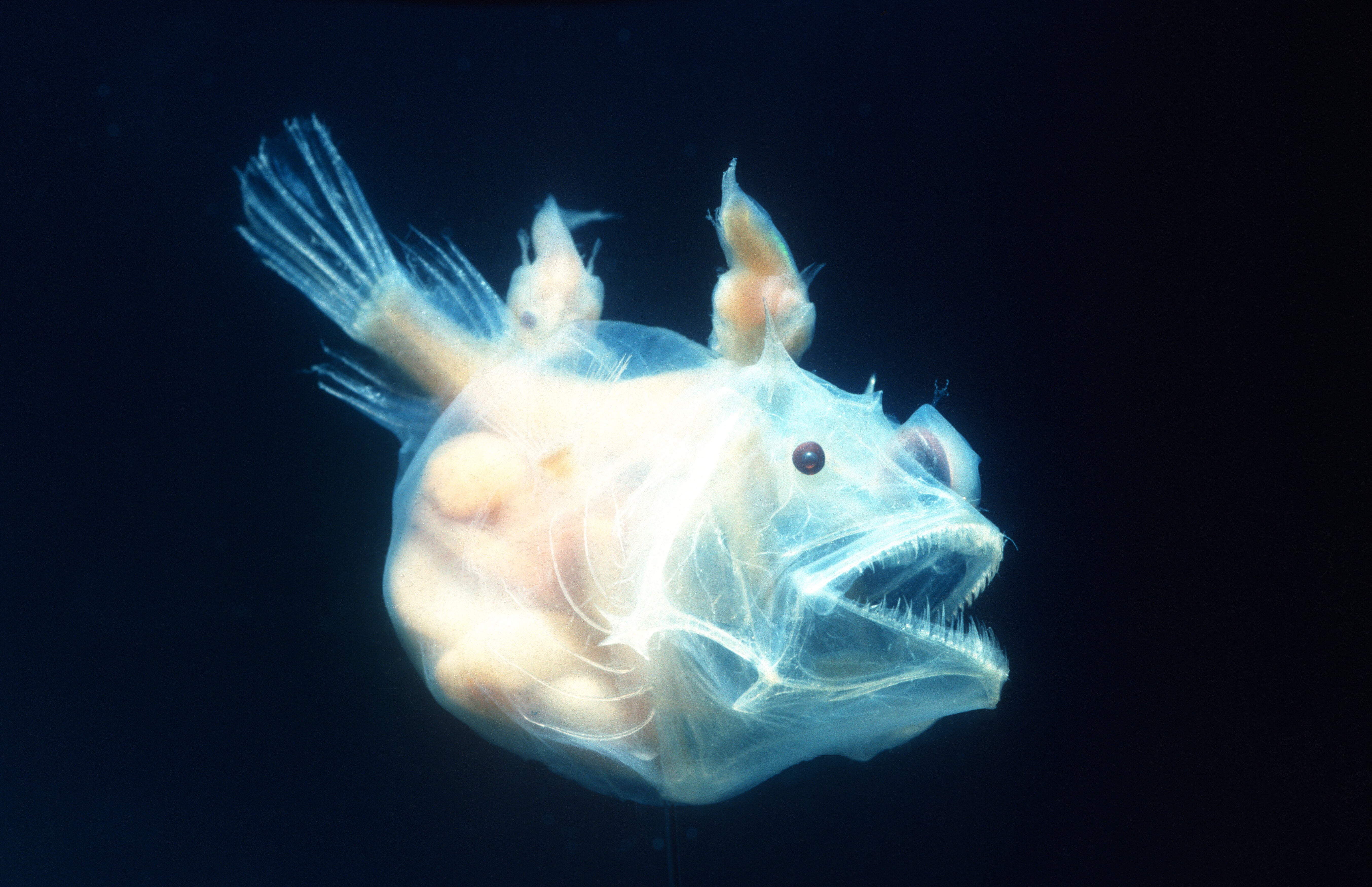
Most of what we know of the ocean actually encompasses just its top layer. Further down, past 200 meters or so, we enter what’s sometimes known as the twilight zone. It’s dark, and the pressure is intense compared to what we experience at levels closer to the surface. Go even deeper, past 1,000 meters, and the light disappears completely. The pressure is incredible. There is life down there. We’ve never seen most of it. (Sperm whales have, though: they can dive 2,000 meters or more.)
Giant squid live in the twilight zone. Until recently, when a juvenile washed up on the shore of Japan, nobody had ever seen one alive. The midnight zone, the darkest part of the ocean, we know even less about. Creatures captured there tend to die on the journey to the surface, and it’s not even possible to keep them alive in a regular aquarium. If you want to study any of these deep sea creatures, you’ll need something like this 590 kg contraption, which can hold a whole five gallons of pressurised seawater.
Why we yawn

We yawn when we’re tired, we yawn when we’re bored, and we yawn when we see other people yawn (or when we read about yawning — bet I got you there). But why? Nobody knows.
We don’t even know if it does anything. “No physiological effect of yawning has been observed so far,” Adrian Guggisberg, professor of neuroscience, told the New York Times. Maybe we’re increasing blood flow to the brain, or simply signalling each other that we’re tired and it’s time to go to bed.
How Tylenol works
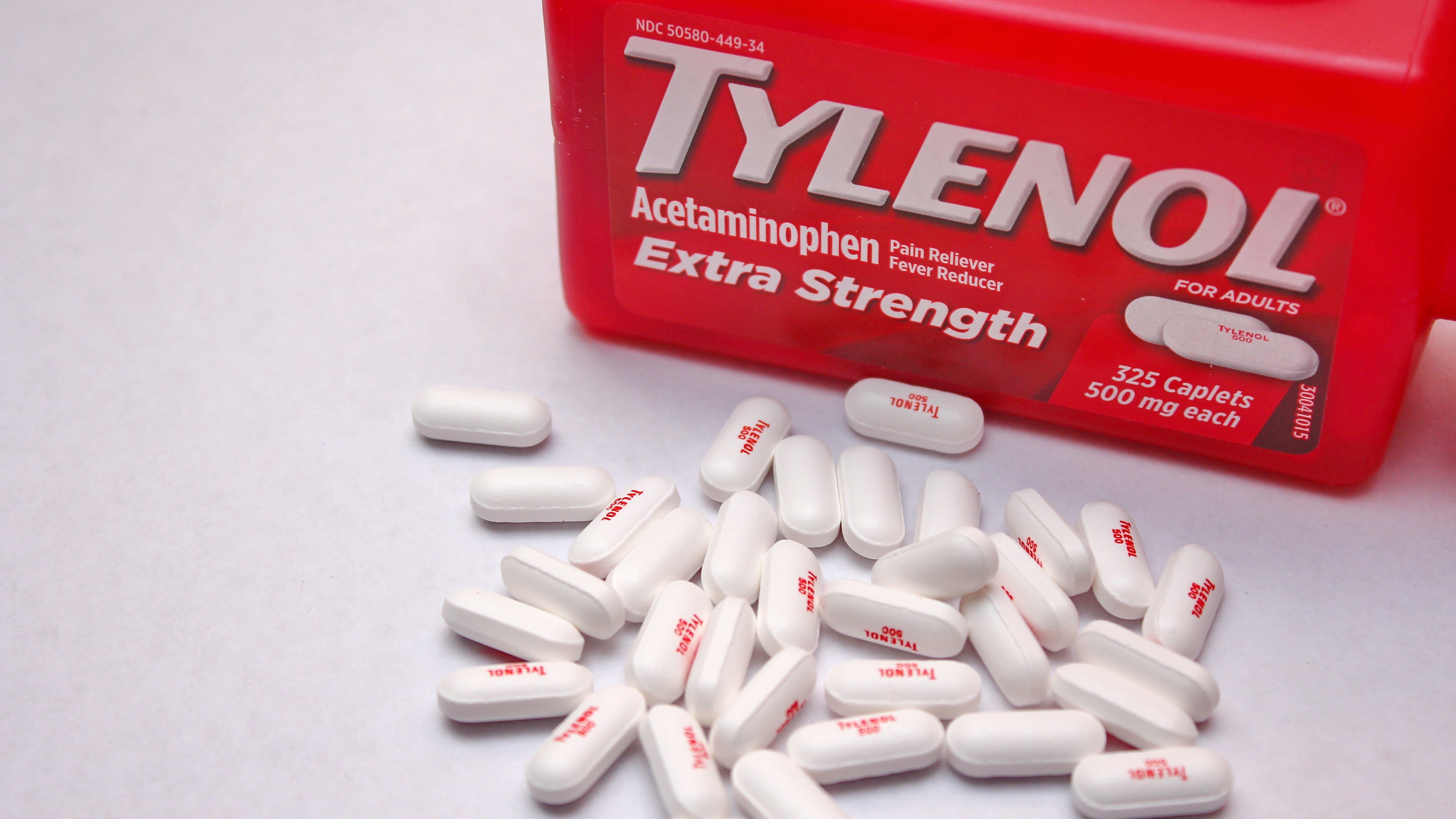
It’s a common fever reducer and pain reliever. But how does it do those things? No idea. Tylenol, also known as acetaminophen (or paracetamol in the U.K.), is in a class of its own, and not related to any other drugs. There have been some hypotheses about how it works: maybe it’s a COX inhibitor — but then again, maybe not. Maybe it interacts with TRP receptors — but we aren’t sure of that either. For now, it remains a 150-year-old mystery.
It’s not actually that rare to discover the effects of a drug before we figure out the mechanism by which it works. Cinchona bark was found to cure malaria in the 1600s, but we didn’t know it worked by killing a parasite until the late 1800s. We still don’t know exactly how antidepressants work, either.
Why we have gravity
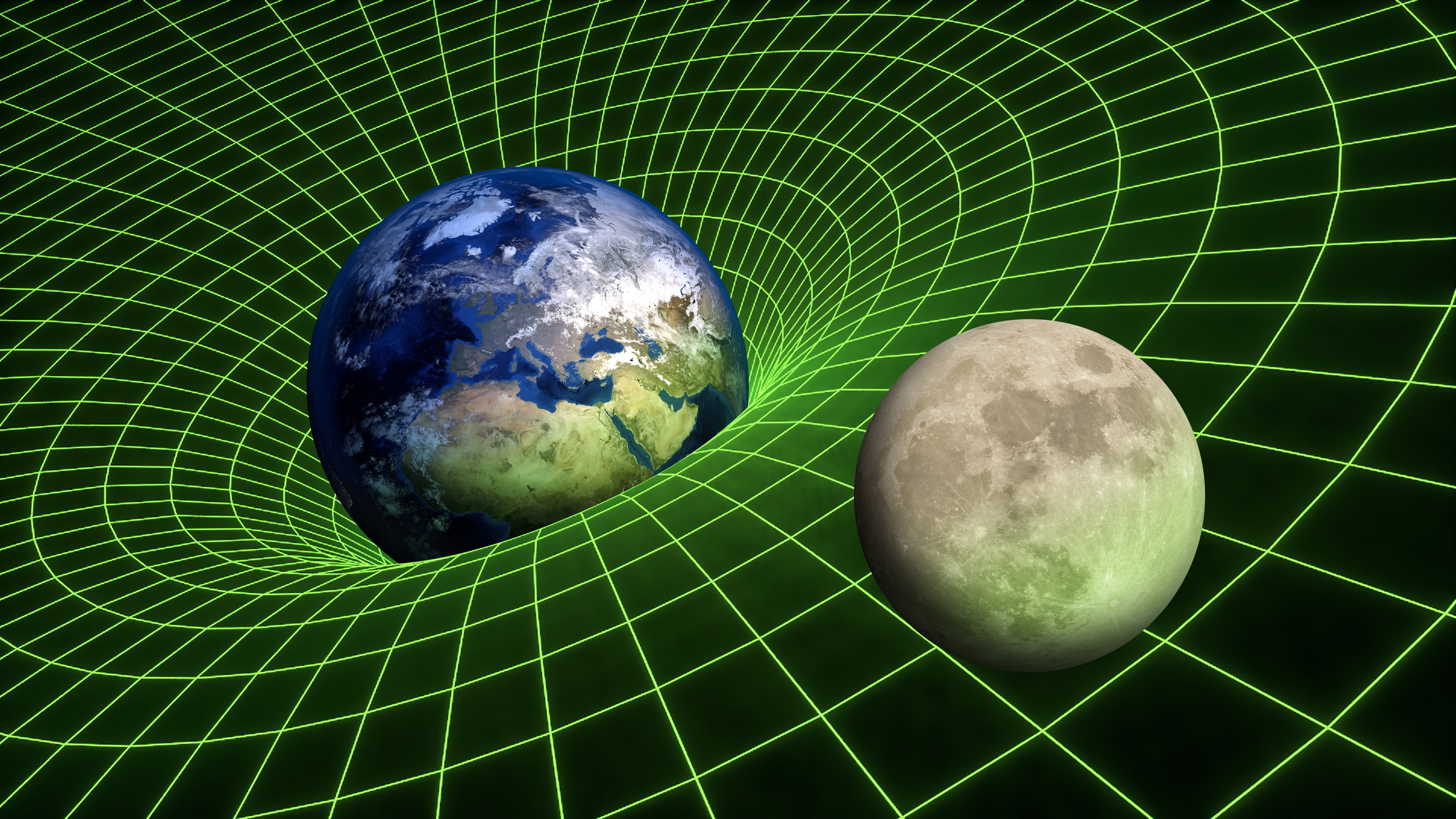
Gravity is pretty obvious at an everyday level: If you drop a thing, it falls. If you watch astronauts in space, they float. There’s a set of equations that can explain these phenomena, as well as the way planets orbit stars. Should be pretty simple to understand, right?
But while we know that bigger objects pull smaller ones toward them, we don’t know why. Most other things in physics can be explained at the level of particles interacting with each other. Physicists have proposed the existence of a particle called a graviton, but so far have not been able to find any evidence it actually exists.
How to plan the most efficient road trip

Let’s say you want to plan a road trip to a bunch of different destinations, and not visit any of them twice. Let us also say we’d like the trip to be as efficient as possible, taking the shortest distance so we don’t use any more gas or time than we need to. How do you figure out the best route?
It may sound simple, but mathematicians and computer scientists have been puzzling over this “travelling salesman problem” for about a hundred years. There are ways to estimate a probably-good-enough answer, and if you have a small number of cities you can “brute force” the problem by calculating the distance of every possible route and choosing the shortest one. But to find a general answer for the problem — a foolproof way of finding the guaranteed shortest route every time? That’s what computer scientists call an NP-hard problem. In other words, really hard.
What “good bacteria” should be in our gut
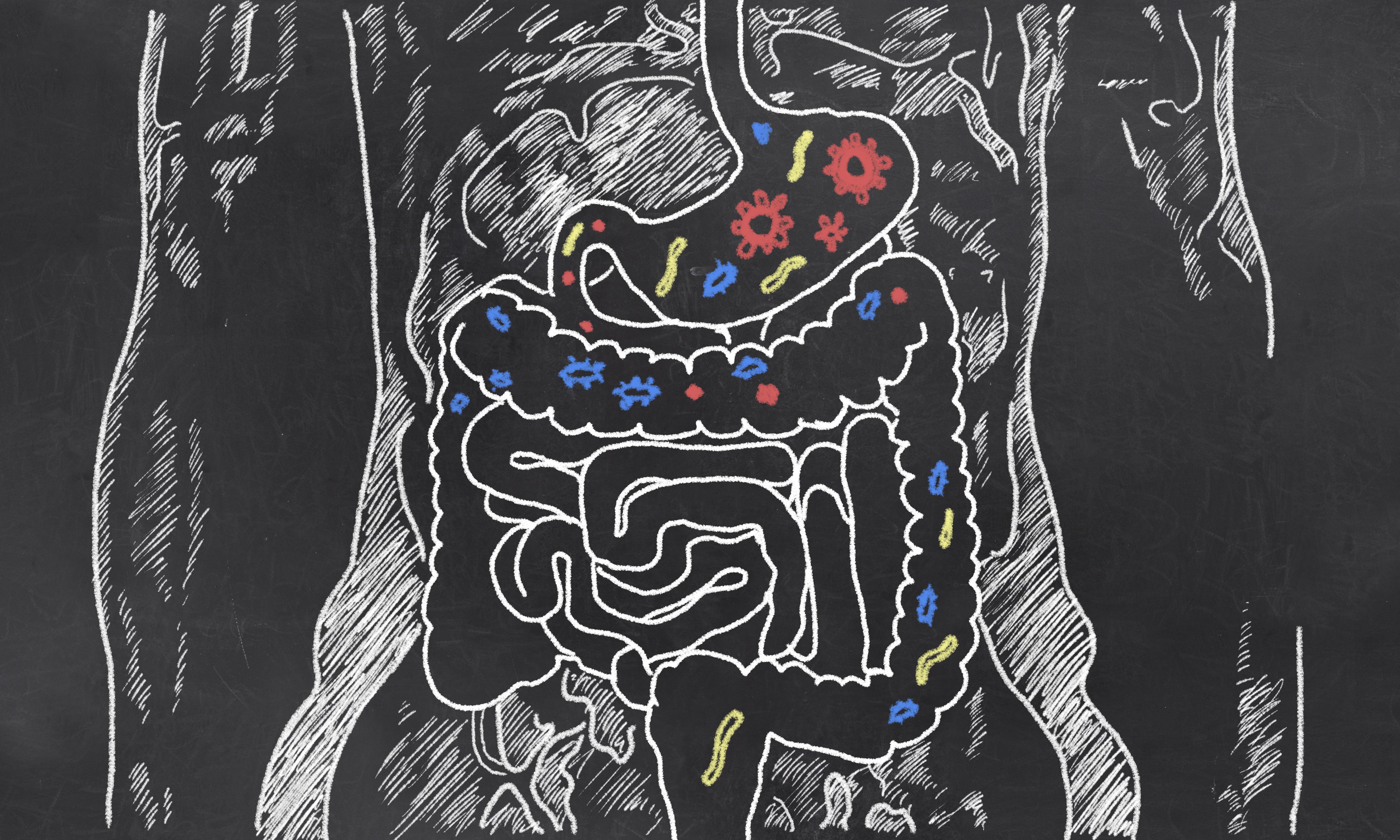
Our intestines, especially the large intestine, are populated by billions of microbes. That’s a good thing: we’d be a lot less healthy without them. But while scientists can blame certain ailments on problems with our gut bacteria, there’s no definition yet for what constitutes a “healthy” population of gut microbes.
That’s right — all those influencers claiming to “heal your gut” and all those yogurt companies pushing their probiotics are making stabs in the dark. The bacteria in probiotic products don’t even live in our gut long-term; they just pass through. Maybe we’re better off after the visit, but it’s hard to know why.
It’s possible to take a sample of a person’s gut microbes and say which species are present, but we don’t know what species should be there, and in most cases we can’t tell from such a test whether the person is more prone to digestive diseases or not. All we know is that there are many ways to have a healthy gut.

Leave a Reply
You must be logged in to post a comment.